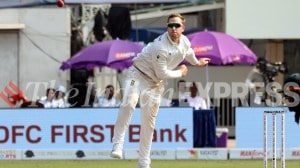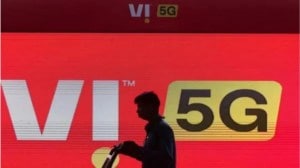After ICC’s nod, Indian batmen pad up with graphite
A day after the International Cricket Council allowed the use of graphite-backed ‘Kahuna’ bats used by Australian skipper Ricky Po...

A day after the International Cricket Council allowed the use of graphite-backed ‘Kahuna’ bats used by Australian skipper Ricky Ponting, Indian bat manufacturers said they were launching their own graphite-based bats in the market.
The controversy broke out earlier this year when it came to light that one of the bats Ponting used had a graphite strip, which violated the ICC’s rules. Adding to the suspicion was Ponting’s phenomenal string of scores at the time.
At their meeting in Dubai yesterday, the ICC decided to delay on a decision while more research — by a subcommittee headed by Sunil Gavaskar — was carried out on the bat.
That’s provided a fillip to Indian manufacturers.
BDM’s Rakesh Mahajan says its series called ‘Graphite’, currently in trials, will hit the stores within a fortnight. ‘‘The etst results have been good. We were waiting for an official announcement and, after yesterday, we should be able to launch it within 15-20 days.’’
Anil Sareen of Stanford Sports says they too are ready with their bats, ‘Titanium’ and ‘Triumph’. ‘‘I think we would be able to launch it by next month. Since the cricket season is over, we are concentrating on sending these bats to our distributors abroad first.’’
However, Sanspareil Greenlands (SG), who makes bats for Kookaburra — the Australian bat company that owns the Kahuna series — says it is not planning on an entry before next year. ‘‘We cannot enter the market just yet because we are bound by a contract with Kookaburra that prevents us from launching here,” says Paras Anand, Director SG sports.
Anand says that, being the Indian distributor for Kookaburra bats, the ICC’s decision was particularly important to them. ‘‘They (Kookaburra) had purchased a lot of bats from us with graphite backing. These bats are sent from here and they do the graphite processing on the bats themselves. At least now, they can sell the products they have with them.’’
How does the thin carbon graphite strip help the bat? ‘‘The bats last longer’’, says Mahajan. ‘‘The graphite strip works on the rebound theory. The faster the ball hits the bat, the outgoing impact will be correspondingly more.’’





- 01
- 02
- 03
- 04
- 05


























